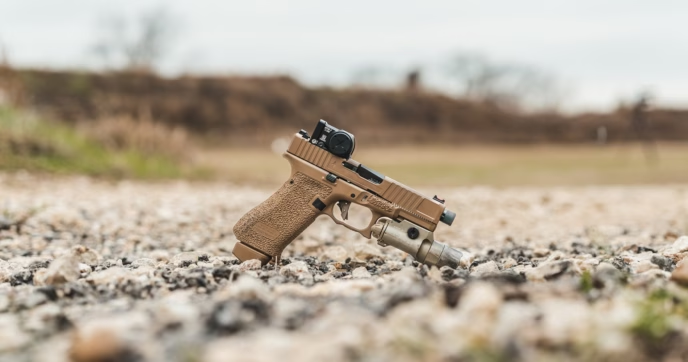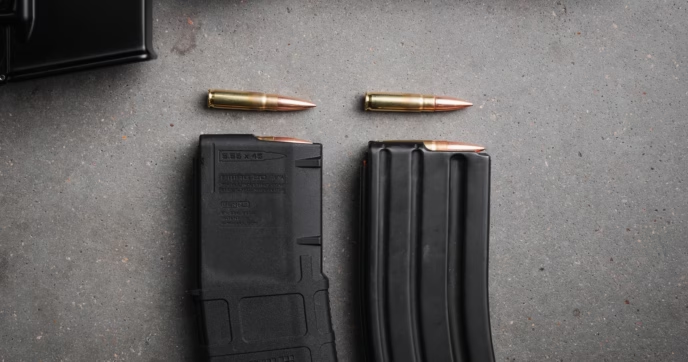Since its creation, firearms technology has continued to evolve allowing for more reliable designs to become commonplace in today’s firearm market. Pistol firing mechanisms featured on hammer-fire and striker-fire pistols are no exception, and you’ll likely see that they are incredibly popular among enthusiasts. Today, both hammer-fired and striker-fired pistols coexist in the handgun market, providing shoppers with a wide range of options catered to their preference.
If you’ve ever shopped around for a new pistol, you’ve probably seen some with hammers on the back, and some without. Each has their own pros and cons, and there are always going to be diehard supporters for each one. But which is better?
To determine which is best, there is a lot to consider. Follow along as we break down the differences in each platform:
Hammer-fire 101
Hammer fire pistols are handguns that have either an exposed or shrouded internal hammer that strikes the firing pin of the gun. Some of the most common hammer fire pistol models are the M1911, Beretta M9, FN Herstal FNX, and revolvers.
These types of pistol firing mechanisms were prolific throughout the 19th century, and they are still popular to this day, as they’ve been refined and made better throughout the years. Hammer fire mechanisms on pistols have more moving parts and are more complex in design when compared to striker mechanisms but at the time they were much easier to produce, so it’s no wonder they were the best design in the early 1800s when the first revolvers were designed. Simple to use and operate, they’ve been implemented on thousands of firearm models, proving that traditional designs can still perform to today’s standards.
External hammers on pistols have their benefits too. An external hammer means the user can manually pull the hammer back instead of racking the slide if the handgun is semi-automatic. Usually with single action pistols, you won’t be able to shoot if the hammer isn’t manually pulled back or primed by racking the slide. On double-action pistols, pulling the trigger will pull the hammer back, meaning you won’t have to pull the hammer back for the first shot.
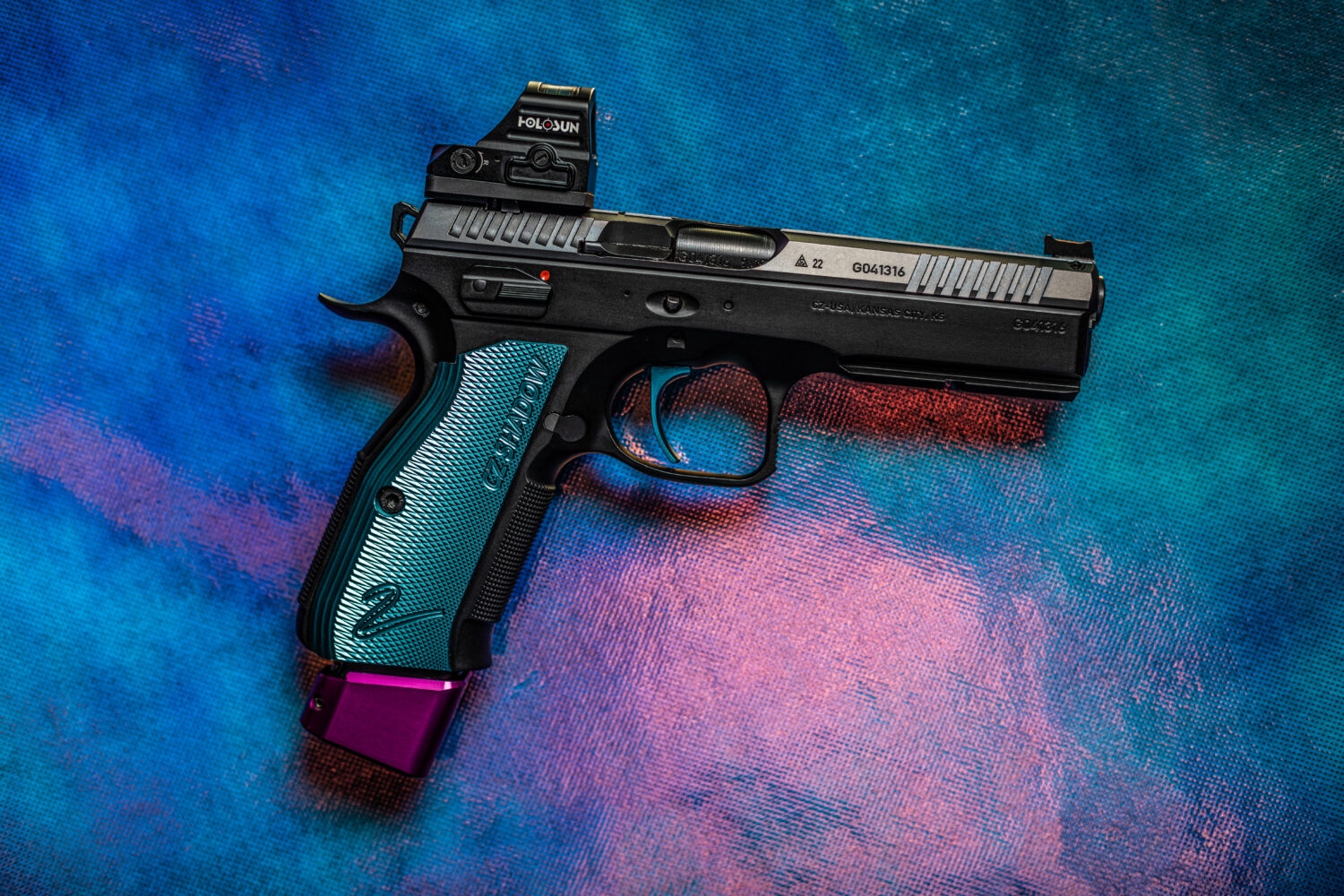
For double-action/single-action hammer-fire pistols, your first trigger pull is long and heavy, but the action of the pistol will pull the hammer back, making every subsequent shot a light and short single action shot. This isn’t the case for revolvers, though, as they are usually only Double Action or Single Action.
Another benefit of hammer fire pistols is the ability to re-strike a round. Say you’re shooting at the range and you have a light strike (when the firing pin strikes the primer, but fails to ignite). You can pull the hammer back to strike it again, and it will likely go off after another strike or two. If using high quality ammo, this should almost never be an issue, but some people like the peace of mind of being able to re-strike a round should the need arise.
External hammers aren’t without their drawbacks, however. While they provide a great trigger pull and are very reliable, having an external hammer can cause unnecessary snagging when concealed carrying, and it cannot strike the firing pin if its path is obstructed. While hammer fire pistols can be great for concealed carry, handguns with larger hammers can cause you to print when concealed carrying. Some revolver owners will have their hammers shaved down or reshaped to mitigate this issue. This is especially true for revolvers, where hammer curves and points tend to be much more pronounced. Also, hammer-fired pistols are more exposed to the elements, so if any debris (mud, dirt, etc.) gets between the hammer and the firing pin, you won’t get a proper strike on the firing pin.
While these are negatives on the hammer fire action, with proper training and experience, these negatives are manageable. Also, something to consider is that on some guns, the only safety is a thumb safety switch or a grip safety. Many modern hammer-fired pistols have a firing pin block, as well as additional internal safeties that allow you to safely carry your pistol even when the hammer is cocked. This isn’t always the case though. It’s important to research the firearm model you want so you can be sure it has the safety features that allow you to conceal carry it as comfortably as possible.

Shop All Semi-Automatic DA/SA Pistols
Buy Now
Striker-fire 101
Striker-fire pistols are handguns that don’t have an exposed hammer and, instead, have an internal striker mechanism that works the firing pin so the gun can fire. Some common examples of striker fire pistols are the GLOCK 19, SIG Sauer P320, and the H&K VP9.
Pistols with strikers are, arguably, the most popular choice on the handgun market currently. At first glance, a striker mechanism may appear more complicated than a hammer fired one, but they are quite simple in design. On these handguns, there are very few external parts, protecting the internals from any dirt or debris while also giving it a lower bore axis in most cases (the P320 being an exception). Keep in mind that a lower bore axis is usually sought after based on user preference. Overall, though, without an external hammer, striker fire pistols tend to have a smaller profile, and with their proven reliability, they have become a go-to handgun type for many firearm owners today.
These types of pistols are great and have a lot of good things going for them, but like any firearm, they have their cons as well.
Starting with the trigger, most striker-fired pistols are technically classified as a double action. For example, Glock pistol triggers are considered to be a double-action because the striker is partially staged by the trigger pull. While it won’t be nearly as long or heavy as a true double action, it also won’t be as crisp as the 1911’s legendary single action. Most striker fired triggers land somewhere in the middle.
Also, in most cases, the slide has to be pulled back in order to cock the pistol for most striker-fired pistols. For the sake of concealed carry, you will either have to draw and rack your pistol to put a round in the chamber or carry the pistol with one in the chamber. That said, striker-fire pistols do have internal safeties in place to keep the pistol from firing, but it you’re wanting a manual safety lever, like that on the 1911, it will limit your selection.
Lastly, most striker-fired pistols do not have a decocking mechanism. Most modern DA/SA hammer-fired pistols will have a lever that safely decocks the pistol. You usually can’t do this on most striker fired pistols, and you instead must drop the magazine, pull back the slide to eject a cartridge (if it’s loaded), and dry fire the trigger to let the striker down.
Just like for hammer fire pistols, any negative about striker fire pistols can be overcome with proper training and experience.
This is a lot of information to take in if you’re new to owning a pistol, so if you want to know more about the basics, check out our new owner’s guide for pistols.

Shop All Semi-Automatic Striker-fired Pistols
Buy Now
Performance Differences
Both hammer fire and striker fire pistols are great options for shooting at the range and conceal carry, but they both perform differently. We even have a guide all about guns for defense if that’s the main reason you’re shopping for a new handgun. Regardless of what type of pistol you choose and what your intended purpose is with it, it’s important to know how they function and perform.
Safety Features
Most times, hammer fire pistols tend to have more external safeties when compared to striker fire pistols. Typically, most semi-auto hammer fire guns have either a thumb safety, de-cocker, or both. Some pistols, such as the 1911, have additional safeties, such as a rear grip safety. This is different with hammer fire revolvers, which typically don’t have any form of external safety. While some revolver models have safeties, they aren’t a common feature.
As we mentioned earlier, most striker fire pistols tend to not have manual safety levers. This has led some to believe that striker fire pistols are more dangerous, but that isn’t necessarily the case. Striker fire pistols have internal safeties, trigger safeties, and sometimes, additional external safeties to prevent negligent or accidental discharge. The internal safeties keep the firearm from firing when dropped. The trigger safety works similarly, as it only disengages when the trigger blade is fully depressed. While not common, some even implement a grip safety like that on the 1911, such as those found on Springfield Armory’s XD series and Smith and Wesson’s EZ line.
Trigger Pull
A good trigger pull is one of the first things people look for when shopping for their next pistol. Both hammer and striker fire pistols can have great triggers, but if you’re looking for the best trigger out of the box without having to buy an aftermarket one, a single action hammer fire pistol is usually the way to go. Double action triggers are heavy and have a lot of travel, and while striker-fired triggers are usually much better, nothing can beat a true single action trigger pull.
If you’re okay with a longer first trigger pull, a DA/SA hammer fire trigger is a great option, since they give you the performance of single action with the reliability of a double action to fall back on. Double action only triggers are more consistent but will never be as light as a single action one. Ultimately, proper knowledge and training will go a long way to help you understand which trigger is best for you.
One thing training can’t overcome, though, is the mechanical reset.
The shorter your trigger reset is, the quicker you can fire your handgun in rapid succession. Single-action hammer fire triggers usually have the shortest resets because the trigger only has to move forward enough to catch the hammer. For strikers, the reset is slightly longer because the striker mechanism starts partially cocked. That said, pistols like the Walther PDP Pro Series come from the factory with short and crisp triggers, and there are other options from other manufacturers that have good triggers as well. One of the most popular GLOCK triggers is the is their own GLOCK Performance trigger that is included on some of their pistol models or be installed on those without it. That leaves double-action only hammer-fired pistols as usually the worst for resets.
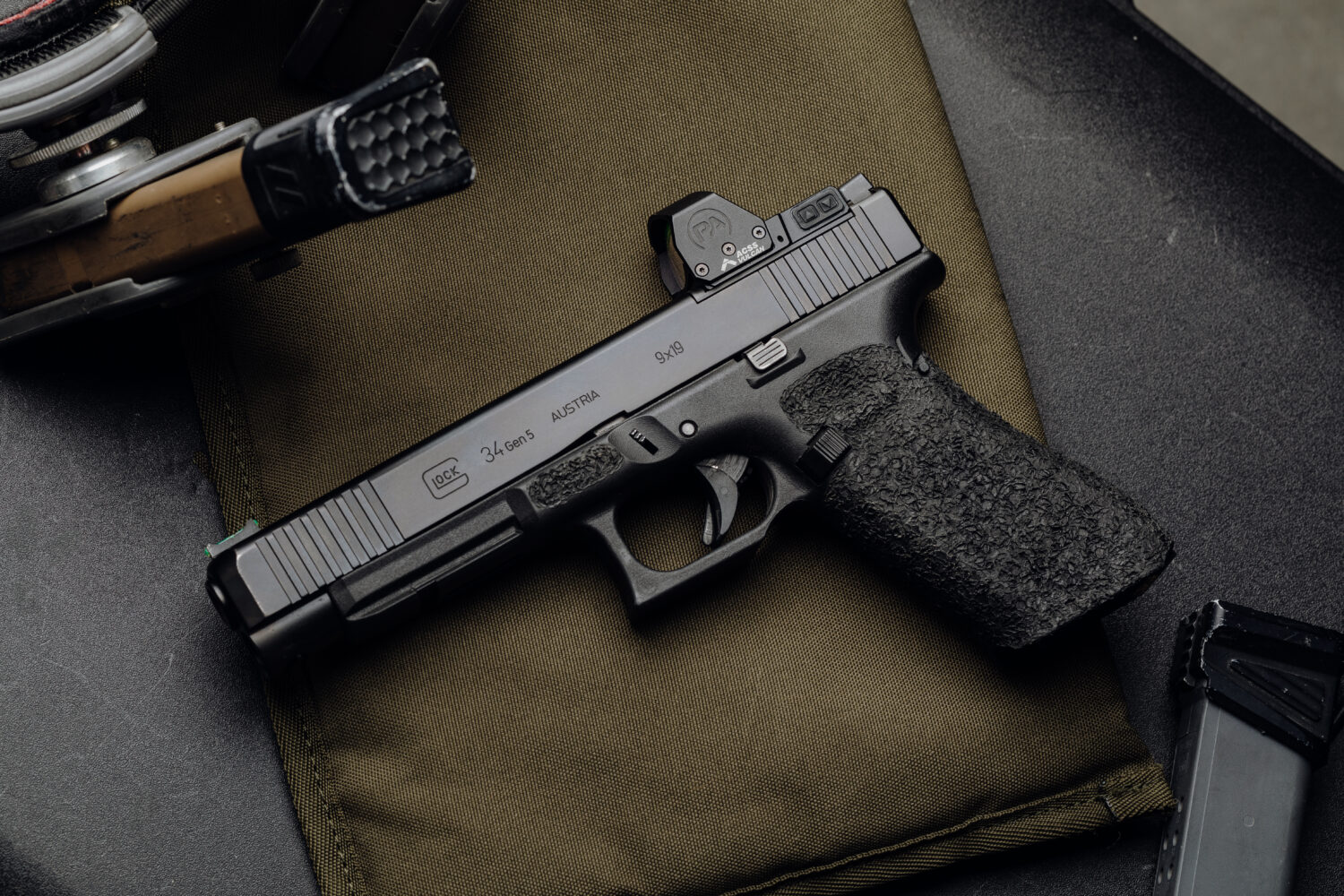
Hammer Fire vs. Striker Fire: What to Consider?
In the grand and ever-present debate of striker fired vs. hammer fired pistols, the answer is, ultimately, up to you. Just like the debate of AR-15 vs. AK-47, it mostly comes down to user preference and what your needs dictate. Fortunately for both types of handguns, you can’t go wrong with either option, but depending on what your intended purpose for the pistol is, there are some factors to consider before buying.
Aftermarket parts availability
Whether you want a hammer-fired pistol like an M9 or a striker-fired pistol like a GLOCK, there will be a substantial aftermarket for parts like custom slides, triggers, frame texturing, and more. In general, most mainline, popular semi-auto pistols will have an adequate aftermarket. Aftermarket parts are slightly less common for revolvers, but that is because of their internal complexity and the challenge of changing major components.
For semi-automatics, almost all upgrades you could make to your pistol can be done at home with basic tools, but some are easier than others. Every pistol comes with its own challenges, and whether you choose hammer or striker, it’s important to take great care when changing internal components. If you want to ensure that everything is installed properly, we recommend you see a gunsmith.
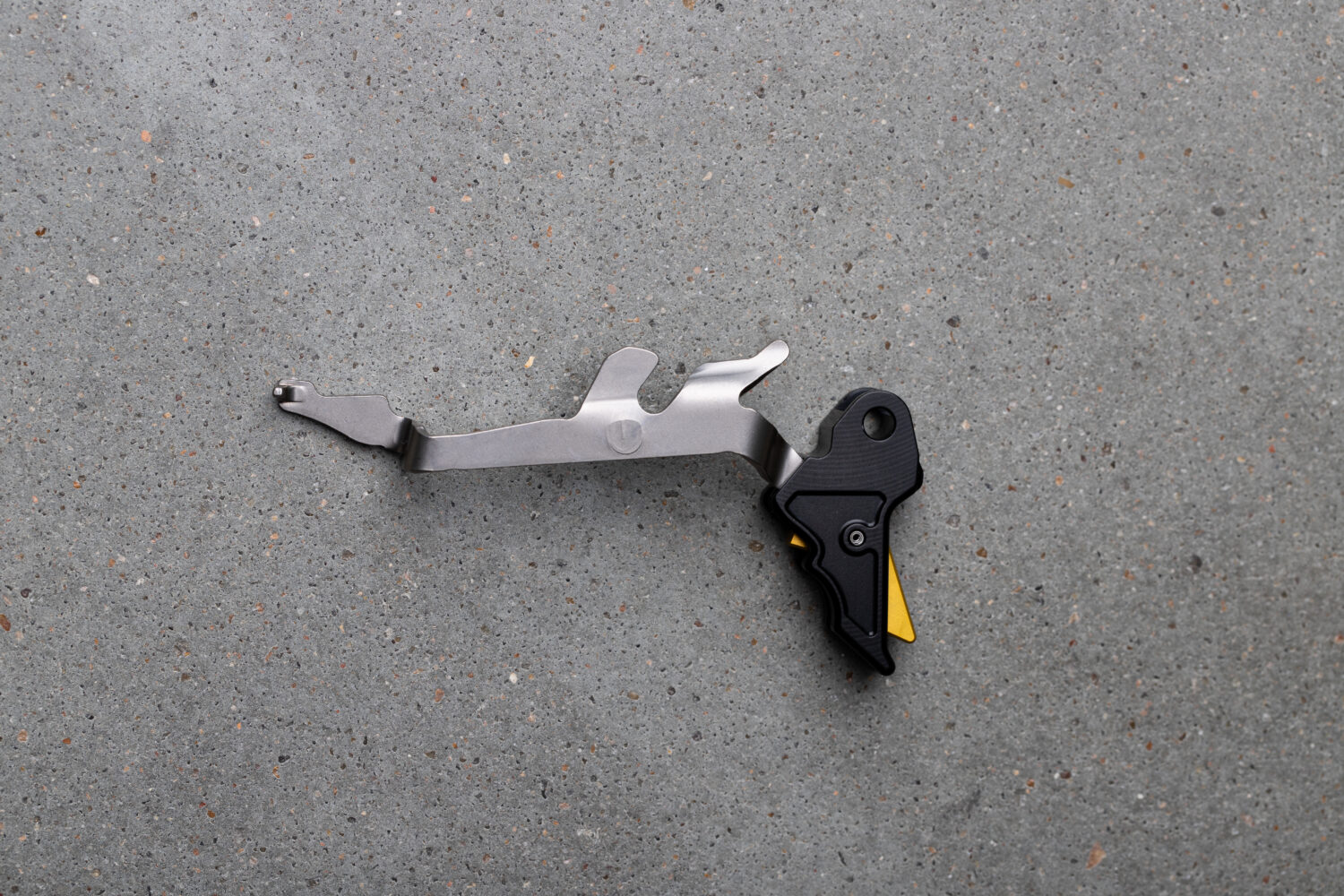
Uses
For everyday carry, both pistol types can be great, but if you are looking for a smaller firearm to conceal with an overall smaller profile, a striker fired option is your best choice.
For smaller people, or those who simply don’t want to carry larger handguns, there are tons of outstanding compact and subcompact striker fired pistols available. Sub-compact handguns like the GLOCK 43X/48, SIG Sauer P365/P365XL, and the Springfield Hellcat are great options that are small enough to be concealed easily, even in light summer clothes.
Since hammer mechanisms are larger, it’s harder to make a sub-compact with an external hammer. Harder doesn’t mean impossible though. Revolvers like the Smith and Wesson J-Frame and Air Lite models are some of the smallest and lightest handguns available that are designed with concealed carry in mind, but these pistols also make compromises in capacity and performance.
Ultimately, your decision will come down to personal preference. There is a lot to consider when buying a personal defense gun, and fortunately, we have a guide for that. We also have a guide on the best handguns for self-defense, which will give you some ideas on what’s available.
For competition use, both hammer fire and striker fire triggers can be great options. With the benefit of being single action and double action, in most cases, hammer fire pistols can give you more versatility that can give you an edge when competing with others for a quicker time. Hammer fire pistols like the CZ Shadow 2, Staccato 2011, and Wilson Combat Beretta 92G Centurion are examples of pistols built with competition in mind. Just like we said before, there are production striker fire pistols that are made specifically for competition use and you can change other striker fired pistols to be competition ready. Pistols such as the SIG Sauer P320 Legion, GLOCK 34, and the Walther Q5 Match pistols are all great options for target and competition use. Ultimately, it will come down to user preference.
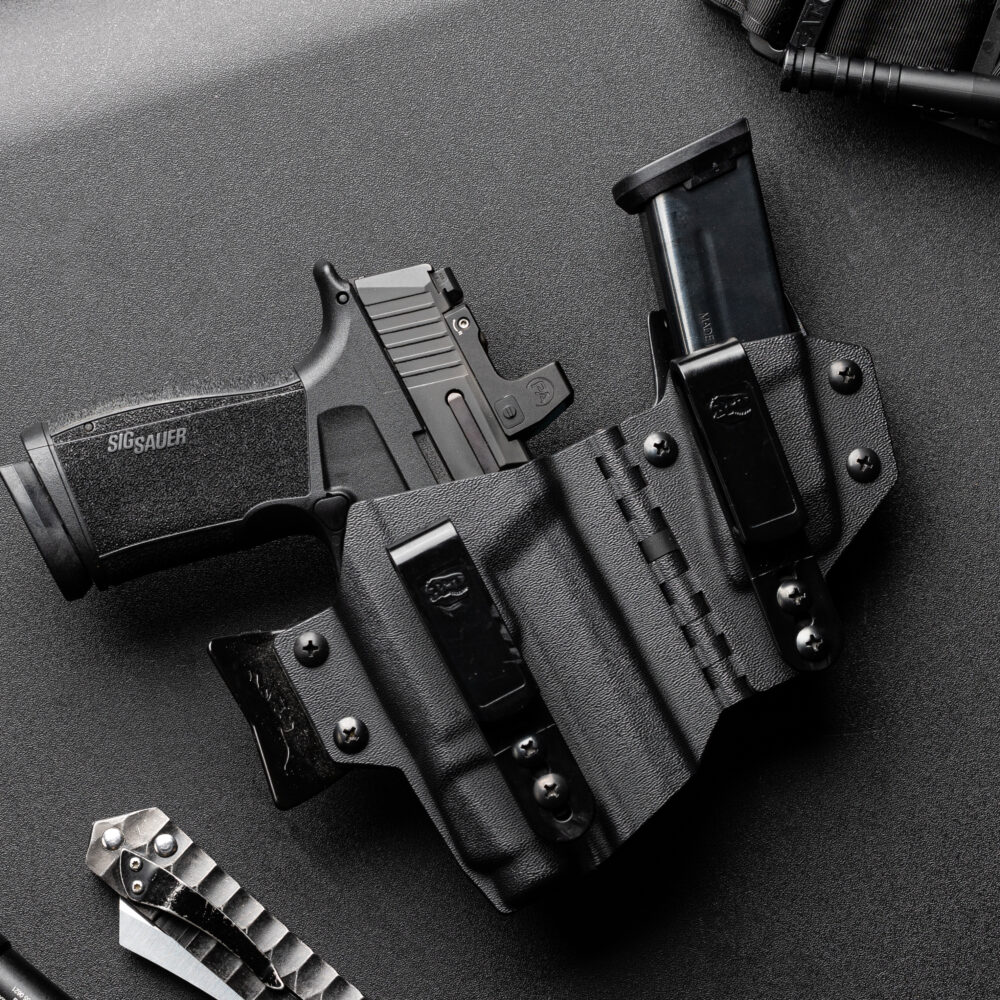
Wrapping it up
Each firing mechanism, whether it be hammer fired or striker fired, has its purpose and place in the modern firearm’s space. You certainly can’t go wrong with either type, but depending on what your needs dictate, one could be better for you than the other.
Remember to consider what your purpose is going to be for your pistol. Are you looking mainly for a new everyday carry pistol? Is it mainly to have in the home for defense? Do you want something that is better suited for the range or competition? Knowing the answer to any of these will only set you up for success when shopping for your next handgun.


